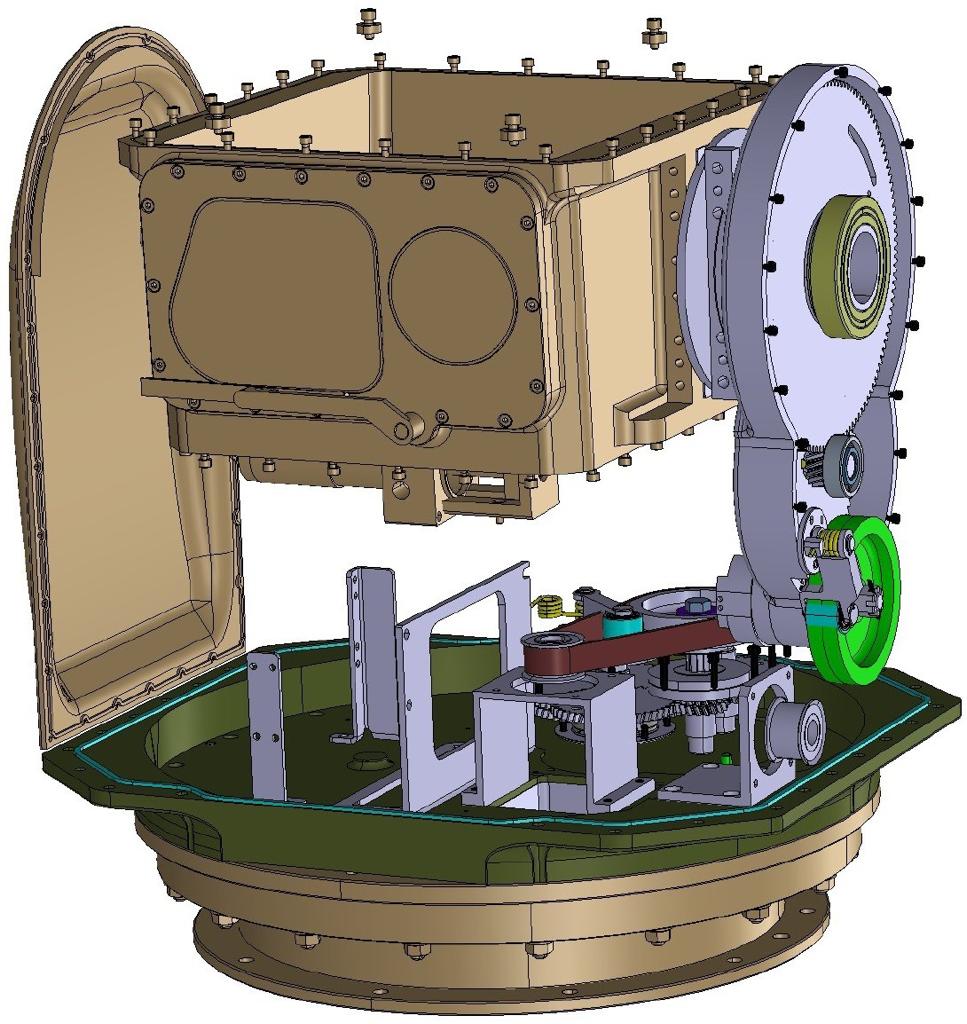Electromechanical Systems Engineering Technology is an evolving field that combines principles of electrical engineering and mechanical engineering to create innovative solutions and systems. As we move further into the era of automation and smart technology, understanding this dynamic discipline becomes increasingly important for professionals and students alike. In this comprehensive article, we will delve into the intricacies of electromechanical systems, exploring its applications, benefits, and future trends.
The integration of mechanical systems with electrical components creates a unique synergy that enhances the performance and efficiency of devices and machinery. This technology plays a critical role in various industries, from manufacturing to robotics, healthcare, and beyond. As we unpack the details of this field, we will also consider the educational pathways and career opportunities available for aspiring engineers.
In the following sections, we will provide an in-depth analysis of electromechanical systems engineering technology, covering essential concepts, applications, and the skills required to excel in this vibrant industry. Whether you are a student contemplating your future career or a professional looking to expand your knowledge, this article aims to equip you with valuable insights and information.
Table of Contents
- What is Electromechanical Engineering?
- Importance of Electromechanical Systems
- Applications of Electromechanical Systems
- Educational Pathways in Electromechanical Engineering
- Skills Required for Electromechanical Engineers
- Career Opportunities in Electromechanical Systems
- Future Trends in Electromechanical Engineering
- Conclusion
What is Electromechanical Engineering?
Electromechanical engineering is a discipline that merges the principles of electrical engineering and mechanical engineering to design, develop, and maintain systems that involve both mechanical and electronic components. This field encompasses a wide range of technologies and applications, including robotics, automation systems, control systems, and more.
Key Components of Electromechanical Systems
Electromechanical systems consist of several key components that work together to perform specific tasks. These components include:
- Motors and actuators
- Sensors
- Control systems
- Power supply systems
- Mechanical structures
Importance of Electromechanical Systems
Electromechanical systems are crucial for modern technology and industry. Their importance can be highlighted through several key factors:
- Efficiency and Precision: These systems provide high efficiency and precision in various applications, enhancing productivity and performance.
- Automation: Electromechanical systems are at the heart of automation technologies, enabling tasks to be performed with minimal human intervention.
- Integration: They allow for the integration of various technologies, leading to the development of smart systems that can adapt and respond to changing conditions.
Applications of Electromechanical Systems
Electromechanical systems are used in a wide variety of applications across different industries. Some notable examples include:
1. Robotics
Robots rely heavily on electromechanical systems for movement, sensing, and control. These systems allow robots to perform complex tasks, from assembly line work to surgical procedures.
2. Manufacturing
In manufacturing, electromechanical systems are essential for automation, providing precision in the production process, reducing human error, and increasing efficiency.
3. Transportation
Electromechanical systems are used in various transportation applications, including electric vehicles, automated guided vehicles (AGVs), and smart traffic management systems.
4. Healthcare
In the healthcare sector, electromechanical systems are vital for medical devices such as MRI machines, robotic surgical tools, and prosthetics that enhance patient care and treatment outcomes.
Educational Pathways in Electromechanical Engineering
A career in electromechanical systems engineering typically requires a strong educational background in both electrical and mechanical engineering. Here are common educational pathways:
- Bachelor's degree in Electrical Engineering or Mechanical Engineering
- Master's degree in Electromechanical Engineering or a related field
- Professional certifications in robotics or automation systems
Skills Required for Electromechanical Engineers
To excel in the field of electromechanical systems engineering, individuals should possess a combination of technical and soft skills, including:
- Strong analytical and problem-solving skills
- Knowledge of control systems and automation technology
- Proficiency in programming languages (e.g., C++, Python)
- Excellent communication and teamwork skills
Career Opportunities in Electromechanical Systems
Professionals in electromechanical systems engineering have access to a wide range of career opportunities, including:
- Robotics Engineer
- Automation Engineer
- Control Systems Engineer
- Mechanical Design Engineer
Future Trends in Electromechanical Engineering
The future of electromechanical systems engineering is promising, with several key trends shaping the industry:
- Increased Automation: The demand for automation in various sectors will continue to grow, leading to advancements in electromechanical systems.
- Smart Technologies: The integration of IoT and AI into electromechanical systems will lead to smarter and more adaptive solutions.
- Sustainability: There will be a focus on developing environmentally friendly and energy-efficient electromechanical systems.
Conclusion
In conclusion, Electromechanical Systems Engineering Technology is a vital and dynamic field that integrates mechanical and electrical engineering principles to create innovative solutions. As technology continues to evolve, the importance of this discipline will only increase. Whether you are considering a career in this field or simply want to learn more, understanding electromechanical systems is essential for navigating the future of automation and smart technology.
We encourage you to share your thoughts in the comments below, explore more articles on our site, and stay updated on the latest trends in engineering technology!
References
- ASME - What is Electromechanical Engineering?
- Engineering.com - What is Electromechanical Engineering?
- Bureau of Labor Statistics - Architecture and Engineering
Article Recommendations
- Who Is Tyrus Wife
- Don Trump Je Ex Wife
- Percy Jackson Logan Lerman
- Who Is Felicity In Arrow
- Cnn What Does Donal Trump Want To Do With Violence
- What Is Dont Worry Darling About
- Who Is Alan Greenspan
- Cast From The Secret Life Of The American Teenager
- Carta Astral Donal Trump
- George Foreman Dad



